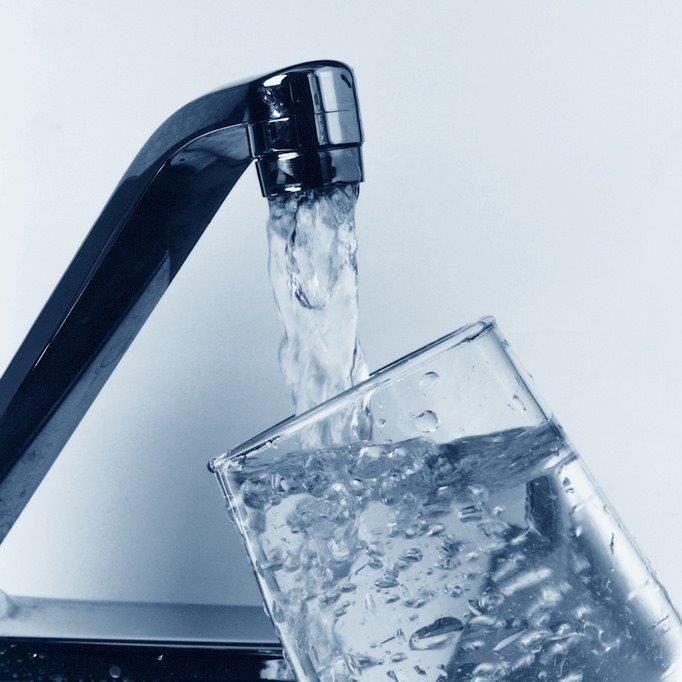Water conservation is a top priority for Ocean City High School Water Champions.
(Photo courtesy Flickr)
 By Donald Wittkowski
By Donald Wittkowski
It appears to be clean, but is the water coming out of your tap really as safe as it looks and tastes?
Consumers now have a new tool to check the quality of their drinking water simply by going online and doing a little research.
The research group Environmental Working Group compiled information from nearly 50,000 public water systems in all 50 states and the District of Columbia in its database at
www.ewg.org.
Consumers enter their zip code or the name of their local water utility in the database to find out whether any contaminants have been detected in tests by the water suppliers and reported to federal or state authorities.
“It really is to serve as a consumer education tool,” David Andrews, EWG’s senior scientist, said in an interview Monday.
Water utilities serving the Jersey Shore towns of Ocean City, Somers Point and Sea Isle City assured the public that their drinking water is of the highest quality.
New Jersey American Water Co., which serves Ocean City and Somers Point, called its water “outstanding.”
“New Jersey American Water meets or surpasses all EPA standards for safe drinking water for all service areas across the state,” company spokeswoman Denise Venuti Free said.
Venuti Free noted New Jersey American Water maintains its own water quality reports that are available to the public at the company’s website at
https://amwater.com/njaw/. Reports can be found for each town by typing in the zip code.
Sea Isle City, which has its own municipal water department, is “extremely proud of the water quality we offer to our residents and visitors,” city spokeswoman Katherine Custer said.
“Sea Isle City’s water department works very hard to maintain very high standards for our water quality,” Custer added. “Our water is clean and tastes delicious.”
Although the vast majority of water utilities nationwide are in compliance with federal regulations, their water still may contain contaminants in concentrations exceeding the levels that scientists say pose health risks, EWG said.
“The disturbing truth is that, all too often, a glass of tap water also comes with a dose of industrial and agricultural contaminants that have been linked to cancer, brain and nervous system damage, or developmental defects,” EWG said in a press release.
Andrews said the U.S. Environmental Protection Agency has not added any new chemicals to the list of regulated contaminants in 20 years. He called it a “logjam.”
He explained that more than half of the contaminants detected in U.S. tap water had no regulatory limit at all, meaning they could legally be present at any concentration and that utilities don’t have to test for them or tell their customers about them.
“There is a significant difference between the health guidelines and the legal limits,” Andrews said.
High levels of lead contamination found in the water supply of Flint, Mich., in what is now a criminal case, have brought heightened national attention to the dangers of drinking water tainted with harmful chemicals.
EWG researchers spent the last two years collecting data from state agencies and the EPA for drinking water tests conducted from 2010 to 2015 by 48,712 water utilities in all 50 states and the District of Columbia. All told, the utilities tested for approximately 500 different contaminants and found 267, EWG said.
Among the chemicals that were detected, 93 are linked to an increased risk of cancer, 78 are connected to damage to the brain and nervous system and 63 are associated with developmental harm to children or fetuses, according to EWG.
“These are not numbers that we are pulling out of the air,” Andrews said.
 By Donald Wittkowski
It appears to be clean, but is the water coming out of your tap really as safe as it looks and tastes?
Consumers now have a new tool to check the quality of their drinking water simply by going online and doing a little research.
The research group Environmental Working Group compiled information from nearly 50,000 public water systems in all 50 states and the District of Columbia in its database at
By Donald Wittkowski
It appears to be clean, but is the water coming out of your tap really as safe as it looks and tastes?
Consumers now have a new tool to check the quality of their drinking water simply by going online and doing a little research.
The research group Environmental Working Group compiled information from nearly 50,000 public water systems in all 50 states and the District of Columbia in its database at